Eels stack disc-shaped cells called “electrocytes” into three organs to create a shock.
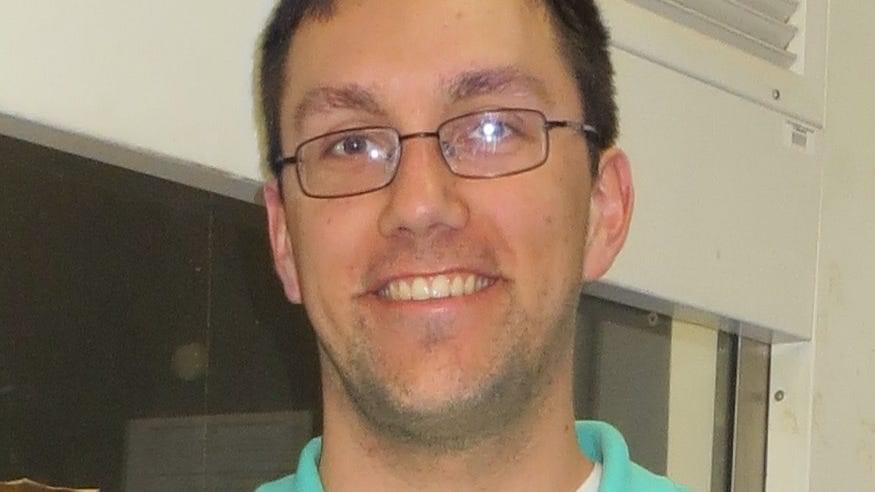

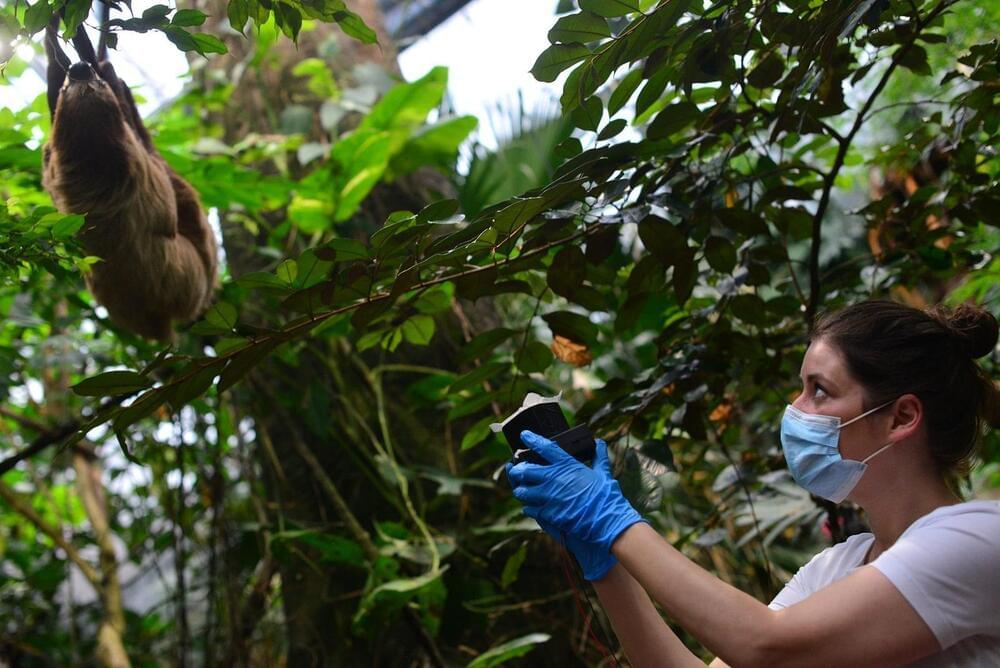
While doing their research, the teams had no knowledge of the other’s work, but after finding each other’s preprint proof-of-concept papers online, the two groups decided to submit their manuscripts for review together. “It’s insane that two groups did such similar studies in two places, but it’s also a very rare opportunity,” says Bohmann.
The fact the groups took different paths to find a similar result is particularly compelling, says Mark Johnson, who studies eDNA and Texas Tech University and was not involved in the work. “It’s really exciting looking at how both of these papers, done independently of each other, have produced, really, the same results,” says Johnson. “It adds that extra little bit of validation that what we’re seeing is real.” While hopeful about the future of airborne eDNA, Johnson notes huge leaps need to be made before the techniques used in the zoo can be applied in the field. Collecting eDNA in the wild adds a host of new variables, and enclosed spaces like caves may accumulate genetic material differently than open areas like grasslands. “The next step is to take it from the zoo into the natural environment and see what we find there,” says Johnson.
Clare and Bohmann anticipate that one of the best applications of airborne DNA could be to measure biodiversity in difficult-to-access places, such as burrows and caves. Fabian Roger, an eDNA researcher at ETH in Switzerland, is eager to see how the work could be applied to studying insects. “We have very little ways of monitoring them other than catching and killing them,” says Roger, who was not involved in the recent work. Using eDNA to detect insect species from a sample of air instead of trapping them could rapidly advance entomology research. The technique could also clue scientists into the presence or spread of an invasive species. Like Clare and Bohmann, Roger doesn’t see airborne eDNA as a replacement for traditional monitoring methods, but as another tool they can use. “Biodiversity science is sort of an all-hands-on-deck situation. It’s not one over the other, or one or the other,” says Roger.
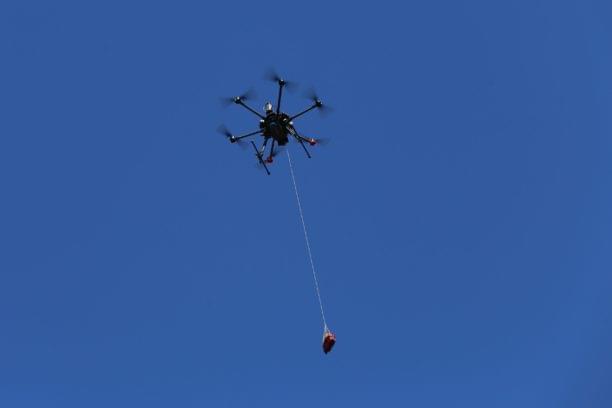
An autonomous drone delivers a defibrillator – and saves the life of a cardiac arrest patient. Swedish drone company Everdrone says it’s a medical history first – but the grateful patient says that it’s a technology that should be used everywhere.
For heart attack patients, seconds count: the minutes that an ambulance can take to reach a patient in cardiac arrest can mean the difference between life and death. Autonomous drones offer a game-changing solution. Autonomous drone specialists Everdrone operate the drone delivery system in Region Västra Götaland, supported by Vinnova, Swelife and Medtech4Health. Their innovative solution has been developed with Center for Resuscitation Science at Karolinska Institutet, SOS Alarm and Region Västra Götaland.
Now, the technology can claim a life saved. In Trollhättan, Sweden on December 92,021, an Everdrone autonomous drone delivered a defibrillator that helped save the life of a 71-year-old man.
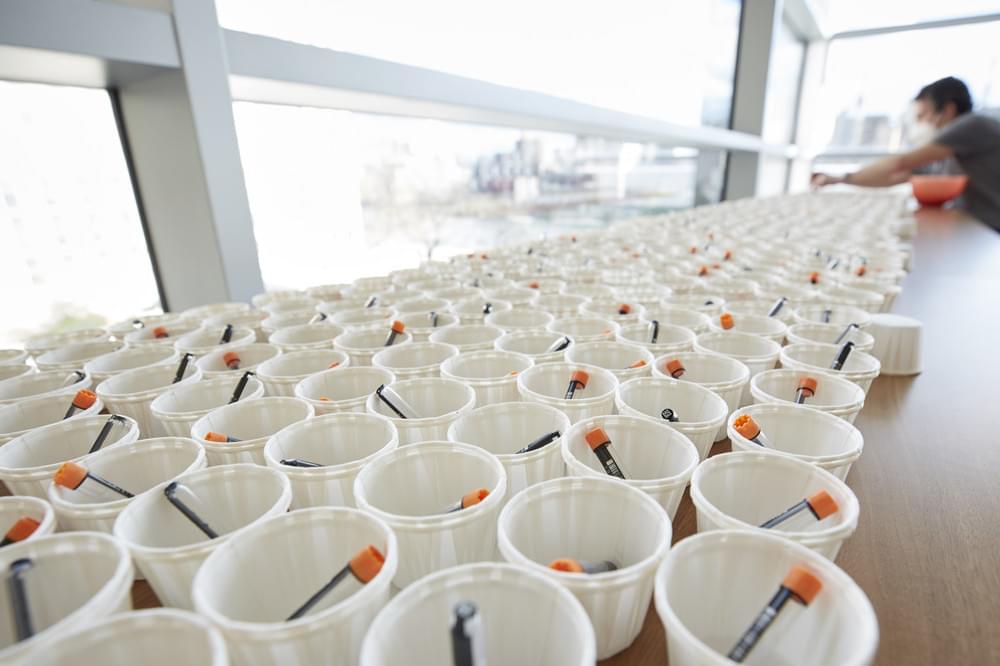
In the early days of the pandemic, with commercial COVID tests in short supply, Rockefeller’s Robert B. Darnell developed an in-house assay to identify positive cases within the Rockefeller community. It turned out to be easier and safer to administer than the tests available at the time, and it has been used tens of thousands of times over the past nine months to identify and isolate infected individuals working on the university’s campus.
Now, a new study in PLoS confirms that Darnell’s test performs as well, if not better, than FDA-authorized nasal and oral swab tests. In a direct head-to-head comparison of 162 individuals who received both Rockefeller’s “DRUL” saliva test and a conventional swab test, DRUL caught all of the cases that the swabs identified as positive—plus four positive cases that the swabs missed entirely.
“This research confirms that the test we developed is sensitive and safe,” says Darnell, the Robert and Harriet Heilbrunn professor and head of the Laboratory of Molecular Neuro-Oncology. “It is inexpensive, has provided excellent surveillance within the Rockefeller community, and has the potential to improve safety in communities as the pandemic drags on.”
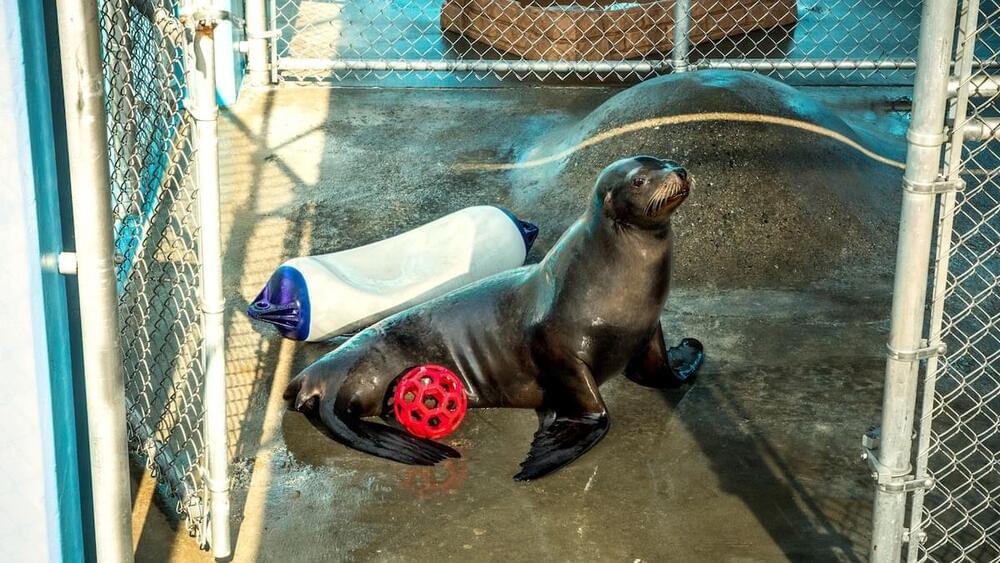
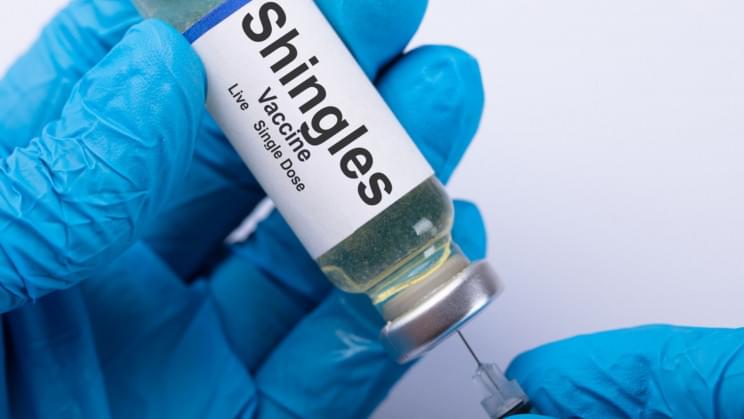
It affects one in three people in the U.S.
After co-developing the world’s first mRNA vaccine to combat COVID-19 and providing humanity with a game-changing tool to help address the most devastating pandemic in a century, Pfizer Inc. and BioNTech SE are teaming up once more to create a vaccine using the same technology for shingles, also known as herpes zoster, which is a debilitating and painful disease that affects about one in every three people in the United States.
An … See more.

Switch your disposable masks with Zephyr.
If you think your voice has been dulled by wearing masks in this pandemic, then electronics company Razer has the product for you. Zephyr Pro is a wearable mask that has a voice amplification feature in addition to built-in speakers.
In January last year, Razer had unveiled the initial concept and called it Hazel. A year later, it is now Zephyr and Razer already has a Pro version of the product. At first glance, the Zephyr Pro does… See more.

They say ‘I believe in nature. Nature is harmonious’. Every big fish is eating every smaller fish. Every organ is fighting constantly invading bacteria. Is that what you mean by harmony? There are planets that are exploding out there. Meteorites that hit another and blow up. What’s the purpose of that? What’s the purpose of floods? To drown people? In other words, if you start looking for purpose, you gotta look all over, take in the whole picture. So, man projects his own values into nature. — Jacque Fresco (March 13, 1916 — May 18, 2017)
When most of us use the word ‘nature‘, we really don’t know much about it in reality. — Ursa.
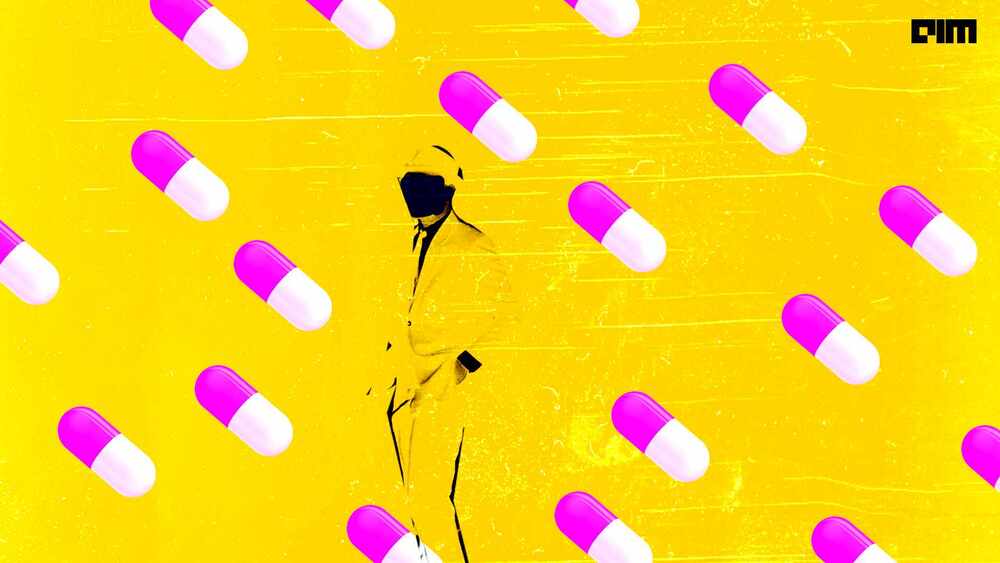
The first-generation AI systems did not address these needs, which led to a low adoption rate. But the second-generation AI systems are focused on a single subject – improving patients’ clinical outcomes. The digital pills combine a personalised second-generation AI system along with the branded or generic drug and improve the patient response as it increases adherence and overcomes the loss of response to chronic medications. It works on improving the effectiveness of drugs and therefore reducing healthcare costs and increasing end-user adoption.
There are many examples to prove that there is a partial or complete loss of response to chronic medications. Cancer drug resistance is a major obstacle for the treatment of multiple malignancies, one-third of epileptics develop resistance to anti-epileptic drugs; also, a similar percentage of patients with depression develop resistance to anti-depressants. Other than the loss of response to chronic medications, low adherence is also a common problem for many NCDs. A little less than 50% of severely asthmatic patients adhere to inhaled treatments, while 40% of hypertensive patients show non-adherence.
The second-generation systems are aimed at improving outcomes and reducing side effects. To overcome the hurdle of biases induced by big data, these systems implement an n = 1 concept in a personalised therapeutic regimen. This focus of the algorithm improves the clinically meaningful outcome for an individual subject. The personalised closed-loop system used by the second-generation system is designed to improve the end-organ function and overcome tolerance and loss of effectiveness.
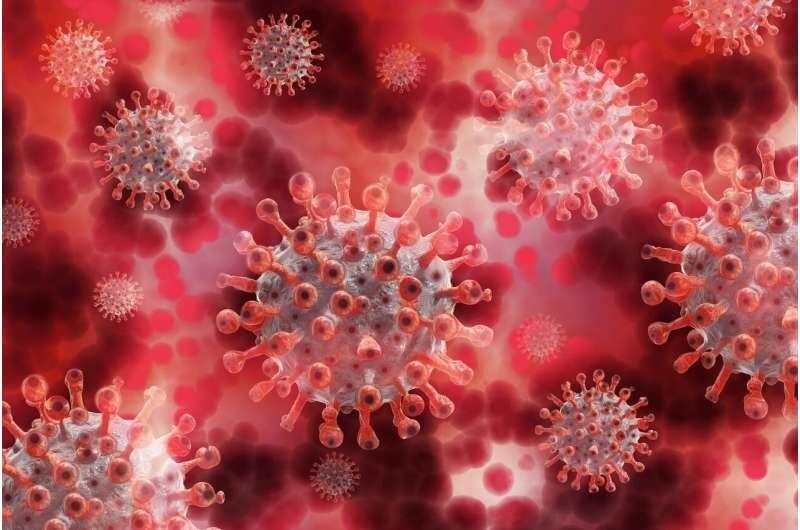
Researchers from the Chinese Academy of Sciences in Beijing recently reported intriguing new evidence for a possible mouse origin of the Omicron variant. Their paper, posted on the BioRxiv preprint server, was quickly picked up and published a few days later by the Journal of Genetics and Genomics, and defies the prevailing theory which claims that the polymutant spike sequence of Omicron must have evolved under protracted infection in a severely immunocompromised patient.
Their main idea is that a mouse could have somehow been infected with the human virus by “reverse zoonotic transfer,” whereupon the virus evolved all or many of its 45 novel mutations, and then subsequently was transferred back to humans. While this theory might explain why Omicron appears so anomalous when plotted on a phylogenetic tree against the usual suspects, there is one major problem: The mouse homolog of the human ACE2 receptor (hACE2), which the virus typically uses to gain entry into cells, has little affinity for the standard issue SARS-CoV-2 spike protein.
So little in fact, that in order to study the virus in this preferred research animal, scientists must artificially introduce hACE2 in order to create mice that show any significant respiratory distress upon infection. These transgenic mice are made in several ways, each showing unique tissue tropisms, penetrance and correspondingly different effects. Researchers have conducted knock-in experiments in which the human hACE2 sequence is integrated into the host genome and induced under the control of a number of different promoters. Adenoviruses can also be used to infect cells and create replicating plasmids that propagate the hACE2 code.